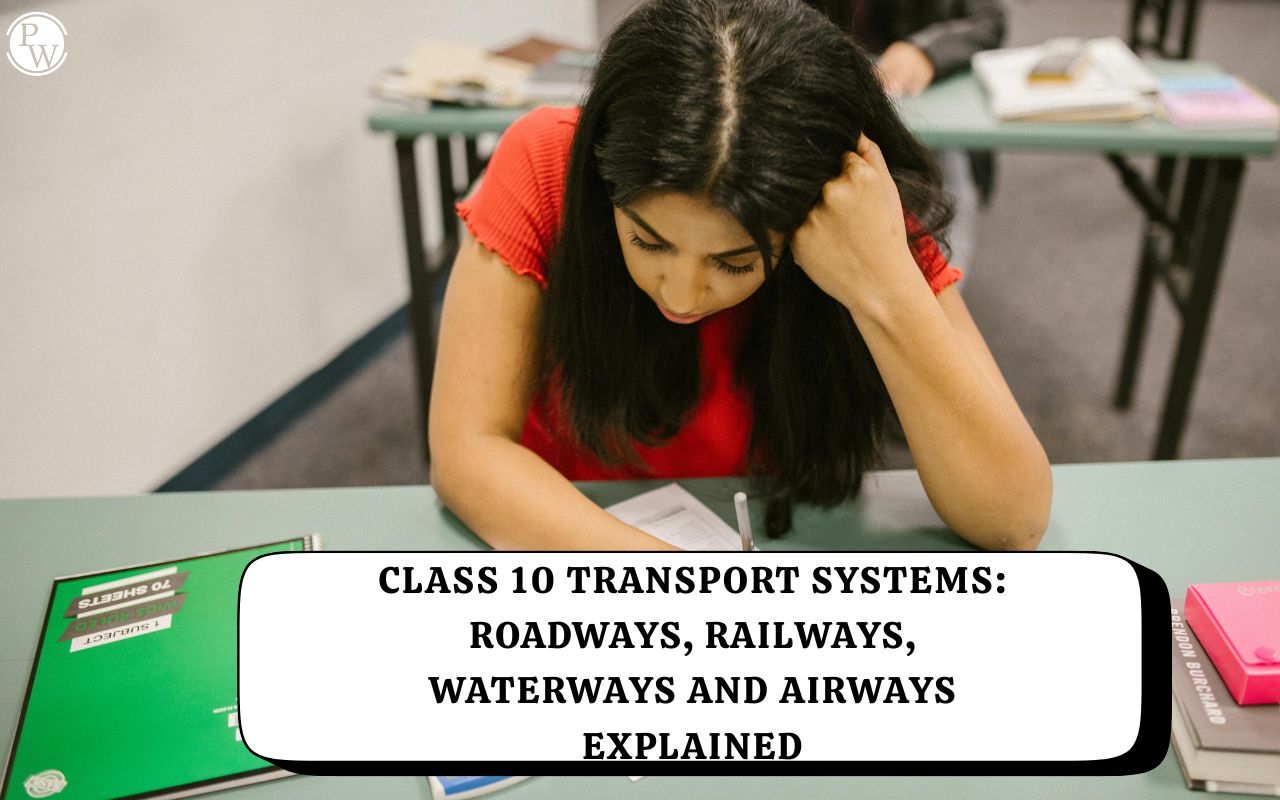

The second equation of motion , also known as the kinematic equation, relates an object's displacement, initial velocity, acceleration, and time. It is a fundamental concept in classical mechanics and is used to describe the motion of objects under constant acceleration. The equation can be derived from the equations of motion and is often presented as:
s = ut + 1/ 2 a t 2
Where :
s is the displacement or distance traveled by the object.
u is the initial velocity of the object.
a is the constant acceleration.
t is the time interval for which the object is in motion.
Derivation of Second Equation of Motion
Now, let's derive the second equation of motion:
Starting with the first equation of motion:
v = u + at
Where :
v is the final velocity.
We can rearrange this equation to solve for \ t\):
t = v - u)/ a
Next, we substitute this value of \ t\) into the equation for displacement:
s=ut + 1/ 2 a v-u/ a ) 2
s = ut + v 2 -2uv + u 2 / 2a
s= ut + v 2 / 2a - 2uv/ 2a + u 2 / 2a
s = ut + v 2 / 2a - uv/ a + u 2 / 2a
Now, let's use the first equation of motion v = u + at to substitute for v:
s = ut + u +at ) 2 / 2a - u u+at)/ a + u 2 / 2a
s = ut + u 2 / 2a +ut+ a 2 t 2 / 2a -u-at+ u 2 / 2a
s = ut +ut -u -at +u t 2 + 1/ 2 a t 2
s = ut (2-1-t)+ 1/ 2 a t 2
s = ut + 1/ 2 a t 2
And there we have the second equation of motion:
s = ut + 1/ 2 a t 2
Also Read - Motion Formula
Applications
- Projectile Motion : When an object is launched into the air with an initial velocity and experiences constant acceleration due to gravity, the second equation of motion can be used to determine its vertical displacement over time.
- Free Fall : When an object falls freely under the influence of gravity, its motion can be described using the second equation of motion to calculate the distance it has fallen in a given time.
- Automotive Engineering : The equation can be used to describe the motion of vehicles with constant acceleration, such as calculating stopping distances or predicting how long it takes a vehicle to reach a certain speed.
- Physics Experiments : In laboratories, the second equation of motion can be used to analyze the motion of objects undergoing uniform acceleration, providing a basis for understanding experimental results.
- Astrophysics : The equation can be applied to study the motion of celestial bodies, like the motion of planets and satellites under the influence of gravitational forces.
- Sports Analysis : The equation can be used in sports to analyze the motion of athletes or sports equipment under uniform acceleration, such as a runner accelerating from a starting position.
These are just a few examples of how the second equation of motion is used to describe and analyze the motion of objects in various scenarios. It's a versatile and fundamental concept in classical mechanics.
Also Read - Sound Formula
Numerical Approach
Few numerical examples that involve using the second equation of motion to solve problems. Let's go through a couple of scenarios:
Example :
1: Free Fall Calculation
A ball is dropped from a certain height. Calculate the time it takes to reach the ground and the velocity just before impact. Take g = 9.8 ,ms 2 as the acceleration due to gravity.
Given:
- Initial velocity u = 0 ball is dropped, so initial velocity is 0)
- Acceleration a = g = 9.8 ms² acceleration due to gravity)
- Displacement s = distance fallen
We want to find:
- Time t to reach the ground
- Final velocity v just before impact
Using the second equation of motion s = ut + 1/ 2 a t 2
For the time of flight, when the ball reaches the ground s\) is the height of the fall):
s = ut + 1/ 2 a t 2
s = 1/ 2 a t 2
2s =a t 2
For the final velocity just before impact:
v = u + at
v = 0 + gt
Now you can plug in the values of s and g to find t and v.
Also Read - Acceleration Formula
Example :
2: Accelerating Car
A car accelerates from rest at a constant rate of 2 ms 2 . Calculate the distance the car travels in 6 seconds.
Given:
- Initial velocity u = 0 car starts from rest)
- Acceleration a = 2 m s² constant acceleration)
- Time t = 6 seconds
We want to find:
- Displacement s traveled by the car
Using the second equation of motion s = ut + 1/ 2 a t 2 :
s = ut + 1/ 2 a t 2
s = 0 + 1/ 2 2× 6 2 =36m
Now calculate s using the values provided.
These examples showcase how the second equation of motion can be applied to solve problems involving objects in motion with constant acceleration. Just remember to plug in the appropriate values for u, a, and t or s depending on the problem's context.
Second Equation of Motion Formula FAQs
What are the equations of motion?
How are the equations of motion derived?
What is the significance of the second equation of motion?
Can the equations of motion be used for non-constant acceleration?
What are some applications of the equations of motion?












